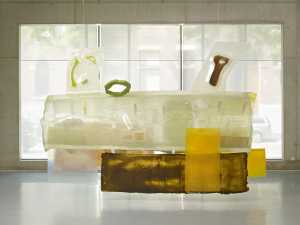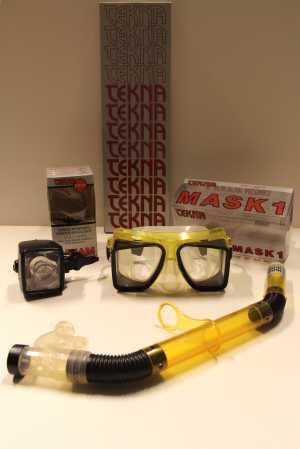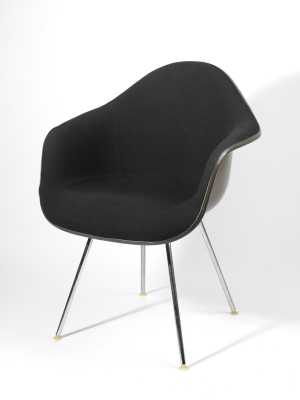
Crafts: Plastics
Plastics are often used as alternatives to other materials such as wood, stone, leather, metal or glass. They can be processed with a range of different techniques.
The majority of these techniques are used exclusively in industrial production processes but there are also several craft techniques for working with plastics. The museum’s collection illustrates various applications of plastics.
Deep Drawing
Deep drawing or thermoforming is a process in which a sheet of plastic is heated until it becomes elastic. The plastic is then drawn into or around a mould by creating a vacuum in the space between the plastic and the mould. This expensive technique is cost-effective for extremely large production runs.
Injection Moulding
Tiny granules of plastic are injected into a heated mould under high pressure. The plastic melts and fills the entire mould. When it is cold the mould can be opened and the product removed. The manufacture of the moulds is extremely expensive and only worthwhile if large quantities are to be produced.
Shaping with Reinforced Glass Fibre Polyester
Several layers of reinforced glass fibre polyester are pressed into an open mould and coated with liquid resin until the desired thickness is achieved. The wooden mould can be removed once the resin has hardened completely. This, for example, was how the seats of the chairs made by Charles and Ray Eames were produced.
















